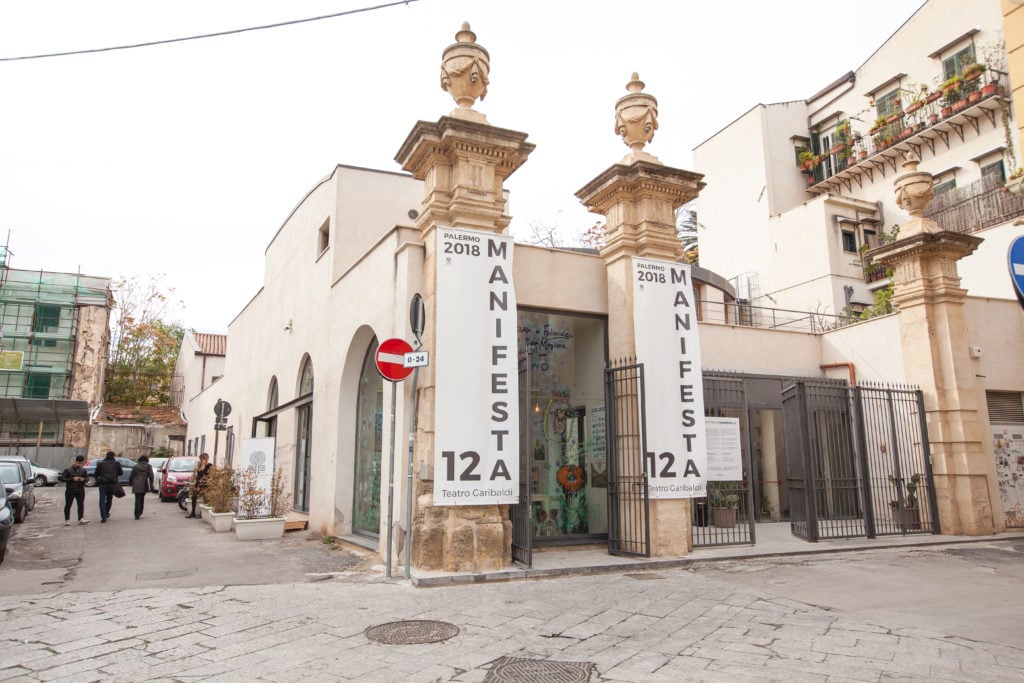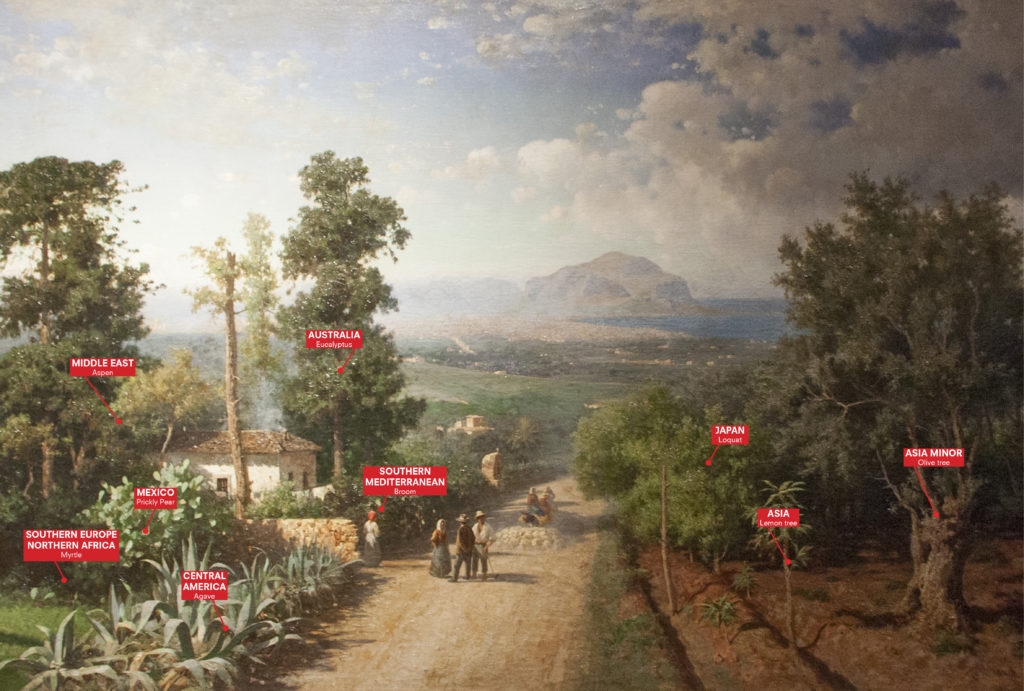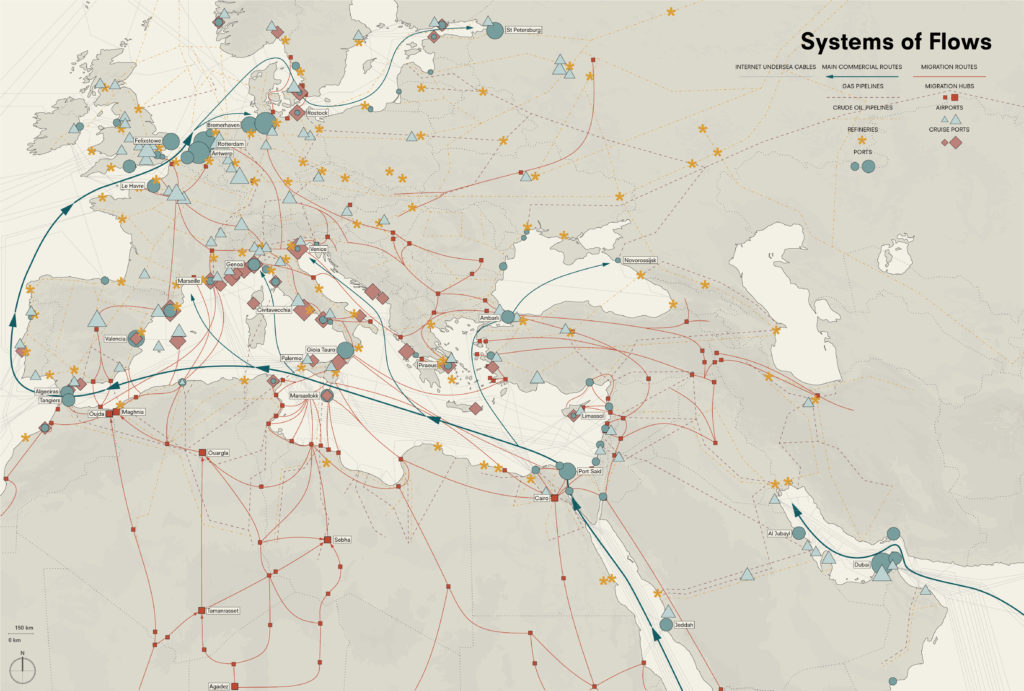Art World
Always Unconventional, Manifesta Picks 4 ‘Creative Mediators’ to Curate Its 2018 Edition in Palermo
The nomadic European biennial will take place in Palermo, Sicily, and add botany and architecture to the mix.

The nomadic European biennial will take place in Palermo, Sicily, and add botany and architecture to the mix.

Kate Brown

Manifesta, the nomadic European biennial of contemporary art, has unveiled the concept and curatorial team for its next edition, which will take place in Palermo, Sicily, in 2018. For the first time, Manifesta 12 is doing away with its single-curator format and introducing an interdisciplinary team of “creative mediators” that extends beyond the field of contemporary art. Manifesta 11 in Zurich last year was curated by the German artist Christian Jankowski. While it enjoyed record attendance, reviews were mixed.

Palermo Panorama
Photo by: Bernhard J. Scheuvens aka Bjs via Wikimedia Commons
Manifesta 12 is due to open on June 16 (until November 4, 2018)—right smack in the middle of Art Basel in Basel. So collectors and curators will have bounce on from Switzerland to Sicily, if they intend to combine the two mega-events.
Titled “The Planetary Garden: Cultivating Coexistence,” the exhibition sets out out to investigate invisible networks, transnational private interests, algorithmic intelligence and ever-increasing inequalities through the “unique lens” of the Sicilian city. Before getting started, Manifesta 12 did something completely different: It appointed the architecture firm, OMA, to carry out an urban study called Palermo Atlas, led by Italian architect and OMA partner, Ippolito Pestellini Laparelli.
Laparelli is now one of the four “mediators” behind the upcoming edition. He is joined by the Dutch journalist and filmmaker Bregtje van der Haak, Spanish architect Andrés Jaque, and Mirjam Varadinis, a Swiss contemporary art curator from the Kunsthaus Zurich. Together, they will push the contemporary art biennial beyond its traditional boundaries, delving further into topics of architecture, science, geography, anthropology, and social design, to name a few.

Francesco Lojacono’s View of Palermo (1875). Courtesy OMA
Palermo’s botanical garden and a painting by Francesco Lojacono, View of Palermo (1875), serves as a starting point for the team’s curatorial concept. The landscape, which pictures olive trees from Asia, aspen from the Middle East and eucalyptus from Australia alongside other foreign natural bounty exemplifies the migratory forces that have always been at work in the city. Inspired by this and Palermo’s botanical garden Orto Botanico, which was founded in 1789 as a laboratory to test, mix and gather diverse species, Manifesta 12 will look at the notion of the world as a “garden”, and as a creative site for aggregating differences, capturing motion and migration, and the cross-pollination of goods, people, and ideas (you can read the full concept here).
With its core motive of being socially engaged and politically charged, this edition will delve into contemporary challenges from the Italian city’s perspective as a Mediterranean hub. Sicily is the poorest region in Italy, a semi-autonomous island that has been plagued with corruption, poverty, and a huge Mafia presence. It has also had to respond to the refugee crisis, and has seen an exodus of its younger, native population. Manifesta 12 will also attempt to mobilize the energy of Palermo in hopes to create a more sustainable impact, through education programmes and long-term projects.

Migration charted by Palermo Atlas. © OMA
Manifesta 12 will host four main sections that each touch on key topics related to the central curatorial concept: “Garden of Flows”, “Out of Control Room”, “City on Stage”, and “Teatro Garibaldi”, which will also be the heart of the exhibition and is already hosting the pre-biennial programme “Waiting for Manifesta 12″.